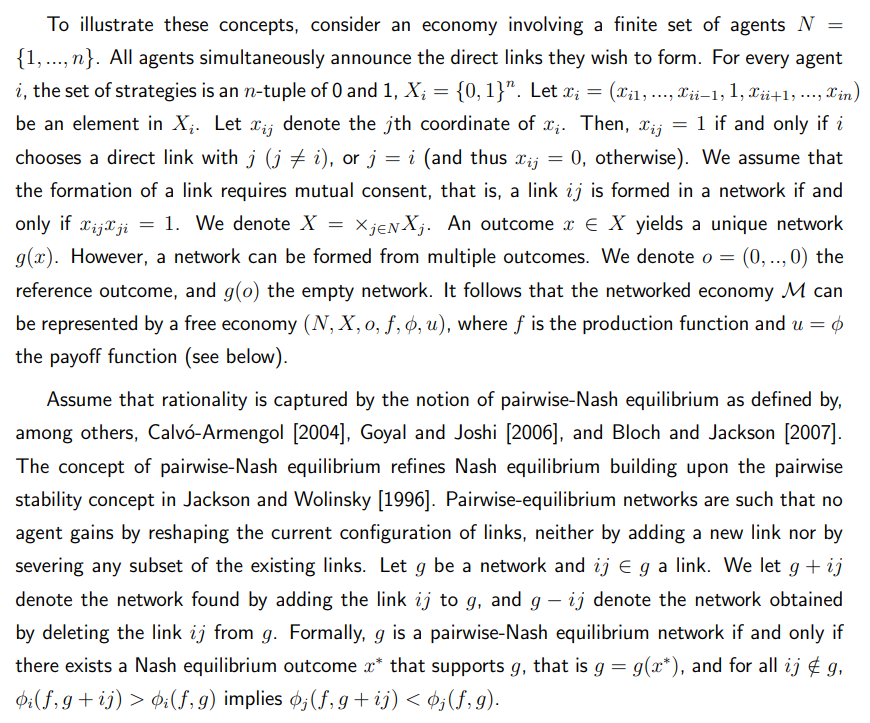SEC Chairman Paul Atkins Unveils Project Crypto Roadmap at Major Industry Conference
Atkins Details Token Taxonomy and Howey Test Applications for Digital Asset Regulation
November 13, 2025 - Securities and Exchange Commission Chairman Paul Atkins delivered a keynote address outlining the agency's comprehensive cryptocurrency regulation initiative, Project Crypto. The framework emphasizes clear token classification, practical securities law applications, and balanced oversight that protects investors while enabling innovation.
Project Crypto Framework Announced
Chairman Atkins revealed that Project Crypto represents the SEC's most ambitious effort to create regulatory clarity for digital assets. The multi-phase initiative addresses cryptocurrency regulation aspects that have created uncertainty for market participants.
The project's primary objective is establishing a clear framework for determining when digital tokens qualify as securities under federal law. Atkins emphasized that regulatory clarity enables compliant innovation, a pressing industry need.
Project Crypto emerged from extensive consultations with industry stakeholders, legal experts, and international regulators. The SEC conducted hundreds of meetings with cryptocurrency companies, blockchain developers, and investor advocates to understand practical challenges facing the digital asset ecosystem.
Comprehensive Token Taxonomy
A cornerstone of Project Crypto is developing a comprehensive token taxonomy categorizing digital assets based on characteristics and use cases. Chairman Atkins outlined several distinct categories receiving specific regulatory treatment.
Payment tokens designed primarily for transactions will receive lenient regulatory treatment similar to commodities. Bitcoin and similar cryptocurrencies functioning as decentralized digital cash fall into this category, facing oversight primarily from the CFTC rather than SEC.
Utility tokens providing access to blockchain network services will be evaluated based on decentralization degree and whether they create profit expectations. Genuinely functional utility tokens on sufficiently decentralized networks may not qualify as securities.
Security tokens representing ownership interests, profit-sharing rights, or investment contracts face full securities regulation including registration requirements, disclosure obligations, and trading restrictions unless qualifying for specific exemptions.
Governance tokens providing voting rights in decentralized autonomous organizations present unique challenges. The taxonomy considers whether tokens create investment expectations or primarily serve functional governance purposes.
Stablecoins pegged to fiat currencies receive specialized treatment recognizing their unique market role. While not necessarily securities themselves, stablecoins may trigger securities regulation depending on structure and conveyed rights.
Howey Test Clarification
Chairman Atkins clarified how the SEC will apply the Howey test, the Supreme Court precedent defining investment contracts. The test examines whether transactions involve money investment in common enterprises with profit expectations derived from others' efforts.
Updated guidance provides detailed analysis of how each Howey prong applies to different digital assets. The test remains the foundation of securities analysis but requires thoughtful application to novel blockchain-based arrangements.
Expectation of profits represents the most critical element for cryptocurrency analysis. The SEC examines marketing materials, token economics, and project structure to determine whether purchasers reasonably expect financial returns.
Efforts of others considers whether profits derive predominantly from third-party managerial efforts rather than token holder activities. Highly decentralized networks where no identifiable group controls outcomes may fall outside this prong.
Decentralization as Regulatory Factor
Chairman Atkins introduced regulatory safe harbors for sufficiently decentralized networks, recognizing blockchain technology's core innovation involves distributing control across numerous participants.
The SEC evaluates decentralization across multiple dimensions including governance structures, token distribution, network validation mechanisms, and development decision-making processes. Networks meeting specific thresholds receive more favorable regulatory treatment.
Safe harbor provisions include transition periods allowing projects to achieve decentralization over time. New blockchain networks often require centralized coordination during initial development but can progressively distribute control as ecosystems mature.
Registration and Compliance Pathways
Project Crypto establishes streamlined registration processes for digital asset securities. Chairman Atkins announced several new compliance pathways designed specifically for cryptocurrency offerings.
A simplified registration framework for smaller token offerings reduces costs and complexity for startups. This pathway includes modified disclosure requirements focused on information most relevant to digital asset investors.
Conditional exemptions allow certain token offerings to proceed without full registration if meeting specific criteria regarding purchaser qualifications, offering size, and ongoing compliance obligations.
Secondary trading venues for registered digital asset securities receive clear guidance on operating requirements. The framework establishes definitive standards for platforms facilitating securities transactions.
Implementation Timeline
Chairman Atkins outlined a multi-year timeline with different framework components rolling out in phases. The staged approach allows for industry input and adjustment based on practical experience.
Phase One, launching immediately, publishes comprehensive token taxonomy and updated Howey test guidance. Phase Two, scheduled for early 2026, introduces streamlined registration processes and conditional exemptions. Phase Three, anticipated mid-2026, addresses secondary market trading and exchange regulation. Phase Four, planned for late 2026, covers custody, settlement, and operational aspects.
Enforcement Approach During Transition
Atkins addressed enforcement policy during implementation, emphasizing commitment to reasonable transition periods and good faith compliance efforts. A formal transition period allows currently operating projects to assess regulatory status and implement necessary compliance measures.
Enhanced cooperation credit is available for companies proactively engaging with the SEC. Egregious fraud and manipulation continue facing immediate enforcement action regardless of transition periods.
Investor Protection Enhancements
Chairman Atkins emphasized investor protection remains the SEC's paramount concern. Enhanced disclosure requirements ensure investors receive material information about token economics, technology risks, development team qualifications, and project roadmaps.
Anti-fraud provisions apply robustly regardless of whether specific tokens qualify as securities. Market manipulation prohibitions extend comprehensively across digital asset markets.
Industry Reaction
Initial reactions have been largely positive across the cryptocurrency industry. Major exchanges welcomed the detailed taxonomy and clear compliance pathways. Blockchain developers expressed appreciation for decentralization safe harbors and transition periods.
Institutional investors responded favorably to enhanced regulatory clarity, with several major asset managers indicating renewed interest in digital asset strategies.
Conclusion
Chairman Paul Atkins's address outlining Project Crypto represents a watershed moment for cryptocurrency regulation. The comprehensive framework promises to resolve longstanding ambiguities while enabling continued innovation in blockchain technology and digital assets. Implementation will unfold over multiple years, requiring sustained engagement between regulators and industry stakeholders.
You May Also Like

REX Shares’ Solana staking ETF sees $10M inflows, AUM tops $289M for first time

The FDA Is Trying To Make Corporate Free Speech Situational

